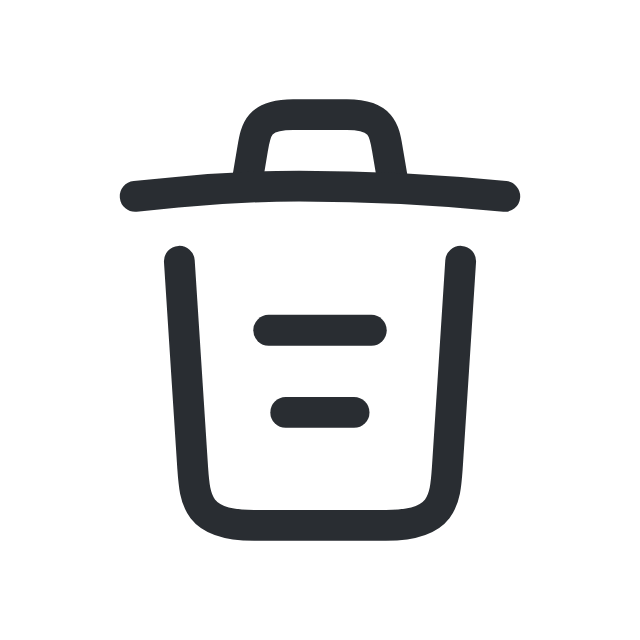Repaying Your Student Loan
Before using loans to pay for your college education, be reasonably sure that you can repay the loans after graduation. The smaller your loan debt, the lower the salary you'll need to repay the debt. Conversely, the greater your student loan debt, the higher a salary you'll need.
The job placement office at your school can give you some idea about the average starting salaries for certain professions. Given your choice of profession, you should be able to determine how much you can reasonably borrow to finance your education by focusing on that profession's typical starting salary.
The chart below provides a guideline for the estimate minimum salary you would need to repay different levels of student loan debt. The chart assumes a fixed 6.8 percent interest rate, and a minimum of 120 monthly (or 10 years) payments.
The chart also assumes that student loan payments that exceed more than eight percent of your income (for those with an undergraduate degree) or 15 percent of your income (for those with a graduate degree) are an excessive financial burden.
| Amount Borrowed | Monthly Payments (120) | Estimated Income Level |
|---|---|---|
| $ 10,000 | $ 115 | $14,400 |
| 15,000 | 173 | 21,600 |
| 20,000 | 230 | 28,800 |
| 23,000 | 265 | 33,100 |
| 30,000 | 345 | 43,200 |
| 40,000 | 460 | 57,500 |
| 50,000 | 575 | 71,900 |
| 65,500 | 754 | 94,200 |
Defaulting on Your Loan
If you fail to repay your loan, you will be in default. Your lender and the state and federal governments can take action to recover the money:
- your tax refunds may be withheld
- part of your salary may be withheld if you work for the federal government
- you may be sued and taken to court
- credit bureaus will be informed, and your future credit rating may be affected, which may make it difficult to borrow money for a car or a house
- you may be required to repay your debt under an income contingent repayment plan and thus repay more than the original principal and interest on your loans
- you will not be able to obtain additional state or federal student aid until you make satisfactory arrangements to repay
Income Based Loan Repayment
Income based repayment is a new federal program, in which the amount a borrower pays on federal Stafford loans each month is based on their income and family size. Because this program has the borrower making smaller payments in the first years of repayment, borrowers will pay more interest on the loan over time. More information about income based repayment at the federal website listed below. The federal government website includes a calculator that helps a borrower determine what their monthly payments would be.
Public Service Loan Forgiveness
Public service loan forgiveness is a new federal provision available to people working in public sector and nonprofit jobs, once they have made 10 years of payments on their federal loans. Payments made on or after October 1, 2007 qualify, so the federal government will not begin providing the loan forgiveness until October 2017. Public school teachers and state employees qualify. The eligibility criteria and list of occupations are available from the U.S. Department of Education.
Quick Links
- Why College?
- Explore Your Interests & Careers
- Prepare at School
- Summer Academic Enrichment Program
- Earn College Credit in High School
- Recommended High School Classes & Graduation Requirements
- Advice for Students with Disabilities
- Succeed as an Adult Student
- Useful College Prep Resources
- Minnesota Goes to College!
- Get Ready Program Overview
- College Planning Presentation Information
- College Navigator Presentation Request Form
- Minnesota Indian Scholarship Program Outreach
- Competitive Grant Programs
- Dual Training Grant
- Public Engagement Calls
- "Life After Now" Podcast
- Certified Nursing Assistant Training
- Direct Admissions Minnesota
- Collecting Data from Minnesota Postsecondary Institutions
- Campus Financial Aid Administrator Resources
- Statewide Financial Aid Conference
- Campus Student Enrollment Reporting Resources
- Ordering Materials for Your Students
- Supplementing Your College Counseling
- Early Awareness Efforts
- Student Homelessness in Higher Education Resources
- Shared Library Resources
- MN FAFSA Tracker
- Campus Sexual Violence Prevention and Response
- Statewide FAFSA Filing Goal
- Financial Aid Estimator
- Online Applications
- About Financial Aid
- What Does College Cost?
- Tips for Lowering the Cost of Higher Education
- Institutional Payments
- Financial Aid You Don't Repay
- Financial Aid You Must Repay (Student Loans)
- Financial Aid You Earn
- Military Service Education Benefits
- Reduced Out-of-State Tuition Options
- Education Tax Benefits
- New Video Demystifies Paying for College
- Public Service Loan Forgiveness
- Useful Online Resources
- Ready, Set, FAFSA!
- Data Maps and Infographics
- Educational Attainment Goal 2025
- Minnesota Measures
- Minnesota P-20 Statewide Longitudinal Education Data System
- College Readiness & Participation Data
- Student Enrollment Data
- Degrees, Graduation Rates, Attainment & Outcomes
- Financial Aid Data & Trends
- Tuition & Fees Data
- Student Health and Safety
- Institution and Data Search
- Transfer Students
- Research Reports
- A-Z Data Table Index




